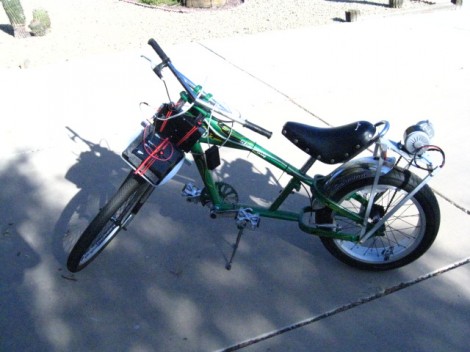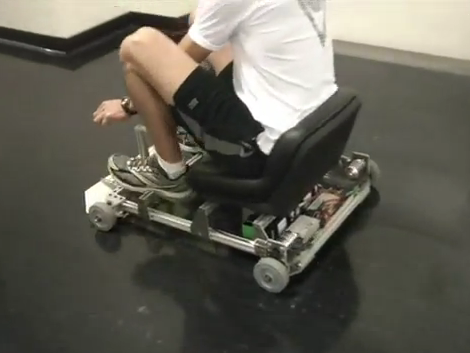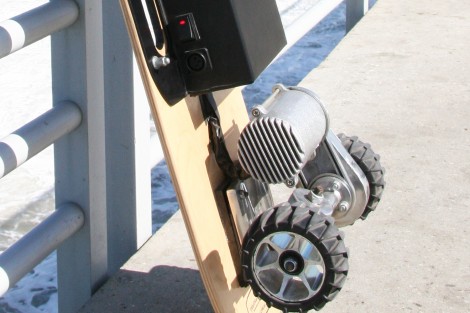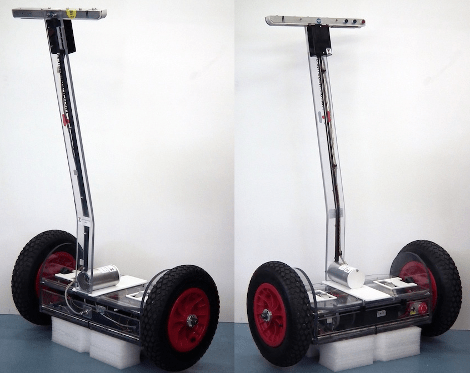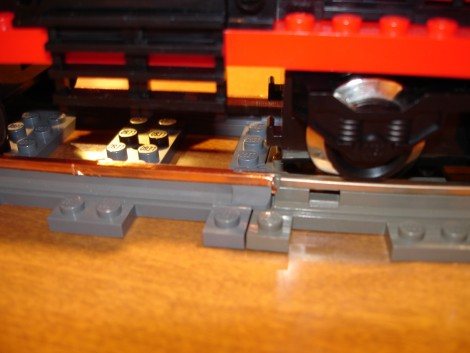This all-terrain electric scooter can destroy the speed limit in a school zone without even trying. [Ben Katz] built from the ground-up and did an amazing job of documenting the journey.
He strated by redesigning the suspension of a plain old kick-scooter to use these large inflatable wheels. This includes a suspension system that helps cushion the rider from the bumps of an uneven driving surface. The increased deck height leaves plenty of room for the locomotive parts. You can see the three cylinders mounted near the rear wheel. Those are the motors, connected to a single drive shaft with a gear box which [Ben] built. The drive shaft powers the rear wheel via chain drive. Batteries are housed in the rectangular enclosure in front of the motors.
Don’t miss the video after the break. [Ben] takes the thing on and off-road, averaging 15 MPH while topping out at 24!


